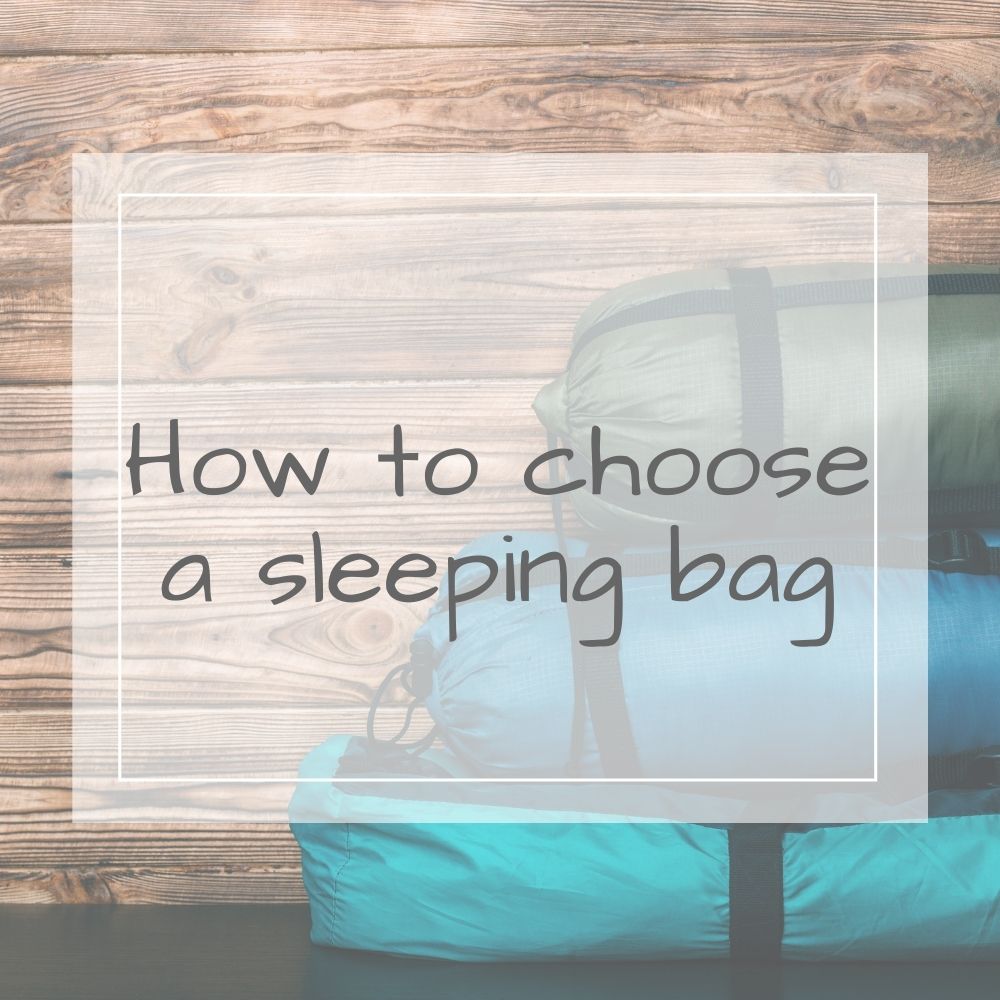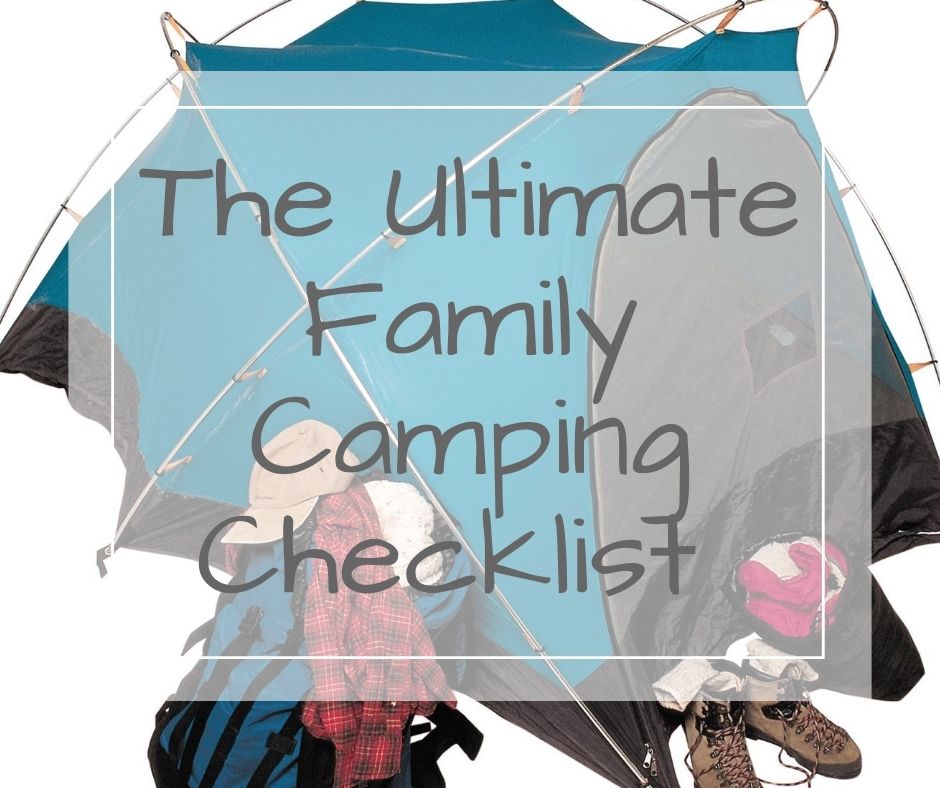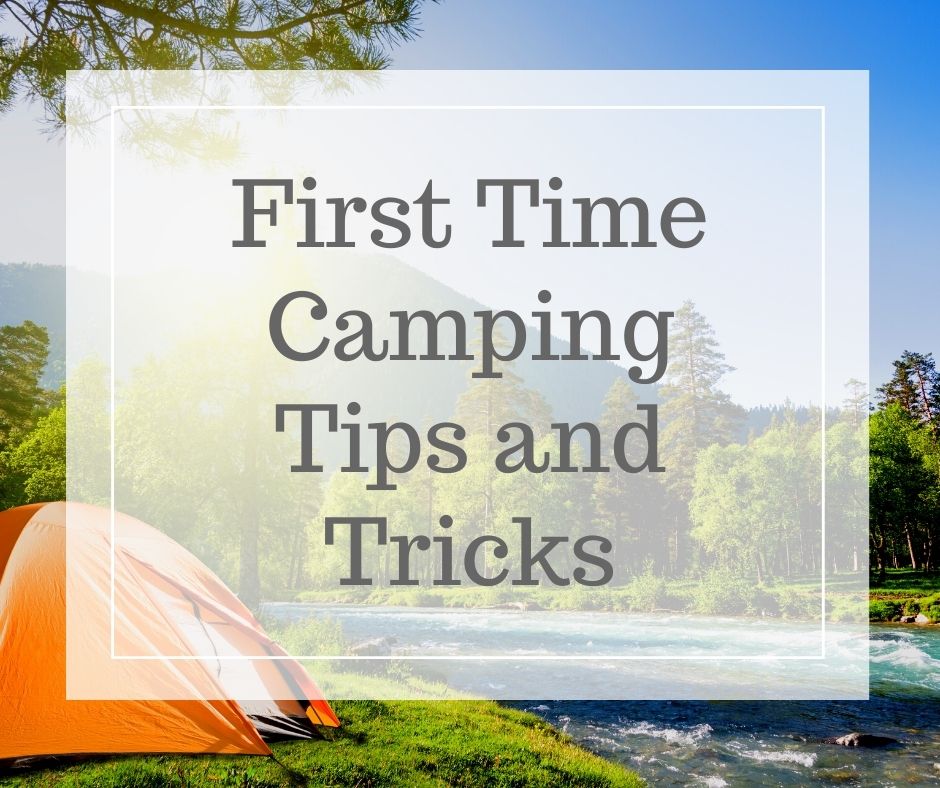If you have ever been camping and ended up freezing cold, not sleeping properly and being generally miserable then you know how important it is to choose a sleeping bag carefully. This post is for you if you are looking to choose a sleeping bag, but don't know what to consider or need some help making a great choice.

How choose a sleeping bag top tips to help you make the right decision
There a a huge variety of sleeping bags on the market for you to consider and it is hard to know where to get started so these top tips will narrow it down for you.
Pick a season-specific sleeping bag
The first top tip is to start your search to choose a sleeping bag that is appropriate for the time of year you are heading off for your camping trip. Here you have help with the task from the manufacturers of sleeping bags. You can choose a sleeping bag
Sleeping bags with season one rating are designed to be utilized in areas with temperatures above 5 ℃.
Season two bags can suit campers spending the night at places with a temperature ranging from 0℃ to 5℃.
However, when it comes to comparatively cooler nights with temperatures falling between 0℃ to -5℃, yet with the absence of frost, sleeping bags with season three rating work best.
The remaining two categories i.e. season four, and season five rating bags are for trips where the temperature is as low as -10℃ and -40℃ respectively.
To give you an idea for summer camping in the UK we have found season 2 sleeping bags to be perfect, but for May and September trips we definitely needed at least season 3.
Size matters when you choose a sleeping bag, so be realistic
Your sleeping bag is where you will seek comfort and relaxation at the end of a busy day's camping so you want it to be comfortable. Sometimes when you choose a sleeping bag you might think about price first, but be warned cheaper often seems to mean that material has been scrimped on and so they can be narrower and this is often less comfortable.
You need to think about the length of the sleeping bag. If you are especially tall then you definitely need to check the length of the sleeping bag. You don't want one that is too short for you so that, for example, you end up having it only come up to your chest height. This will mean that you get cold. Ideally you want enough length in your sleeping bag so that you can stretch out.
You also don’t want to get something that’s too long if there is empty space in the bottom area where your feet are supposed to be you will find it harder to warm up the sleeping bag and that area will likely stay cold so it isn't a great idea.
Choose a sleeping bag for your gender
Gender specific sleeping bags might sound slightly bonkers and it isn't essential. You can get unisex sleeping bags, but those designed for women can be a good idea as they are packed with added insulation material and are narrower at the shoulder and wider at the hip area in order to keep our differing anatomical shapes cosy.
Bonus Tip
If you are a woman who is above average height you may not find these gender specific sleeping bags to be right for you as they may be too short
I would suggest trying a women's sleeping bag before you buy as for me they are very uncomfortable as they are too fitted to the female form and so, for me, they don't allow enough movement at night
Find out which insulator works best for you
Sleeping bags are filled with insulation, two popular products you may come across are down fill and synthetic fill sleeping bags. Down fills are more traditional and are often filled with duck and goose plumage fillings as insulators. But, as a competitor, on the other hand, synthetic filling materials are now on the market and have come a long way with technological advancements.
Which sleeping bag insulator works best?
With regards to the warmth they both provide, synthetic fills have to have more weight to provide warmth. In other words, the warmer you want to stay, the heavier your bag with synthetic fill will be so if you are planning to carry that bag for hours then this may not work for you.
Although recently we have seen many sleeping bag providers highlighting their lighter weight synthetic fill products so it would be worth researching if you prefer not to have down filled bags. There are also sleeping bags that are filled with and made from recycled materials so if environmental impact is important to you then that may be a great solution.
As for their functionality in wet or damp weather synthetic fills work best. Down takes longer to get rid of moisture so could feel damp if it has been raining all day and there is moisture in the air..
You can get treated water repellent down sleeping bags that absorb 30% less moisture though...
There are also difference in price. You will find that down sleeping bags are considerably more expensive than synthetically filled sleeping bags, but they can last longer.
Added features that may be important to you when you choose a sleeping bag
As with anything you buy these days manufacturers are always adding extra features to make their product stand out so there are few extras you might want to look for when you choose a sleeping bag.
Consider the shape of the sleeping bag
When it comes to the shape of sleeping bags you need to be thinking about how you sleep. Do you sleep predominantly on your back, your side, do you move around a lot and so on... There are five varieties to choose from, namely:
- Double bags: As the name suggests, these bags are designed for campers who are couples. Appearance-wise, they are simply the shape of a double bed or look like two rectangular bags attached together. Some of them can even be separated and used as two single bags as well. Word of caution they are not going to be as big as your bed at room so you may not find them that comfortable as you jostle for space if you are used to a big bed. You will find these great for creating warmth though due to extra body heat altogether.
- Kid-size sleeping bags: A smaller variation of sleeping bags with standard features to fit in an average-sized kid. These are definitely worth buying for the children if you don't want them to get cold as they are shorter so they have less empty space at the bottom of the bag. TOP TIP: Look for ones with poppers to adjust the length so that they can last for longer.
- Rectangular sleeping bags: Their shape is as per the name. These are what you think of as perhaps an old fashioned sleeping bag, but if you are a person who likes to stretch out their arms and legs while they are asleep or move about lots then these really are a great option so that you will be comfortable. TOP TIP: A rectangular bag may not be as cosy so you may want to consider a thermal blanket for those colder evenings
- Mummy sleeping bags: They apparently look like an Egyptian mummy and fit your body shape to provide more warmth than other shapes. Some people love them; I am not one of them as I tend to want to sleep in awkward shapes so I find them very restrictive...
- Semi-rectangular sleeping bag: This one is a modified form of the classical mummy. So if you find the mummy sleeping uncomfortable, but are still looking for that warmth and cosiness these sleeping bags could be the ones for you. They have more space and as they are still semi fitted they are warm too!
What if you don't like a sleeping bag at all?
If you hate the thought of a sleeping bag and that is what puts you off camping then maybe you should consider a bundle bed. This is what we now have as they are just so comfortable and cosy, but not practical for backpacking that is for sure!
They comprise of a self inflating mattress, a duvet and a pillow all in one with a canvas zip up cover so they are insulated from the floor and have a waterproof base.
They are not cheap and won't work for everyone, but for us they are perfect.
So that is it all our top tips for how to choose a sleeping bag and all the practical things to consider.


